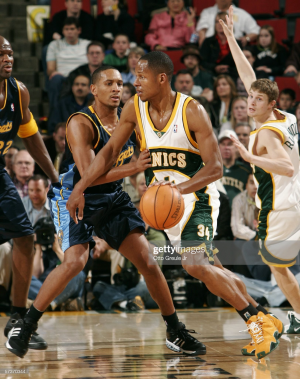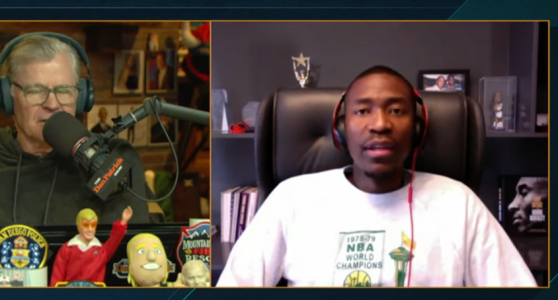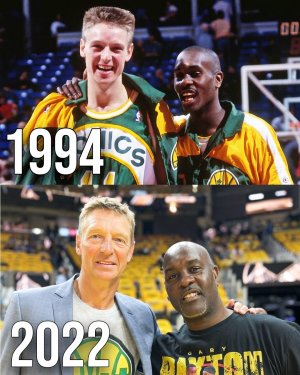Starting in 1996, the Seattle Mariners and the Stadium Public Facilities District asked for a very similar vacation of Occidental.
KING 5 dug through Seattle's Municipal Archives, and unboxed long forgotten documents related to the building of Safeco Field. They show broad support for eliminating the stretch of roadway, which runs parallel to First Avenue South.
The Seattle Times, in a column dated May 8, 1996, which is part of the archives, says: "Practical Seattle gets a practical ballpark site", in what is the "most hassle-free spot."
That was despite claims from the Seattle Marine Business Coalition, and head Lise Kenworthy, who wrote the Council to say "Freight mobility is essential to Seattle's economic health, in a letter. William Feldt, of the Manufacturing Industrial Council, in another letter, expressed concerns about the future for Nordic Cold Storage. The International District Improvement Association also wrote letters suggesting the stadium would "limit, deny and impede traffic flow."
But the PFD, which was created by the Legislature and King County Council to govern Safeco Field, saw it differently.
The PFD, in a lengthy, written, street vacation briefing on October 14, 1996, laid out the case as to why Occidental needed to be eliminated.
It wrote that "the street right-of-way must be vacated in order to accommodate the necessary building footprint and associate facilities", and classified Occidental as a "local access street."
The PFD wrote, in the prepared documents, that Occidental was used "primarily as an access to the truck loading bays for businesses that front along it, rather than as a link to arterials used by the general public," "the pavement surface of Occidental Avenue South is in poor-to-fair condition," and "traffic volumes currently on the segment requiring vacation are low (approximately 2,000 vehicles per day)."
The document also claims that the presence of the Mariners "provides a public benefit to the citizens of the County."
The Port is not listed as a vocal opponent of Safeco in the nearly two decade old history of the ballpark, and Port officials were deeply involved in a concurrent project, known as the "Kingmaker." It exists today, in a variation of the original plan, and helps get freight traffic in and out of the Port on SR 519 next to Safeco Field.
The Mariners also advocated for the street vacation. Then-Mariners Vice President Paul Isaki, in a letter dated October 8, 1996, provided talking points for Stadium advocates. His letter lists "bullet points for street vacation letters", and noted "the street proposed for vacation is used for local access only". He wrote, "Through traffic will be diverted to alternate routes, with no appreciable difference in travel time".
He added, "The Council should approve the street vacation and keep the ballpark on track and on schedule."

 .
.
 iirc he became a sonic in 02
iirc he became a sonic in 02













